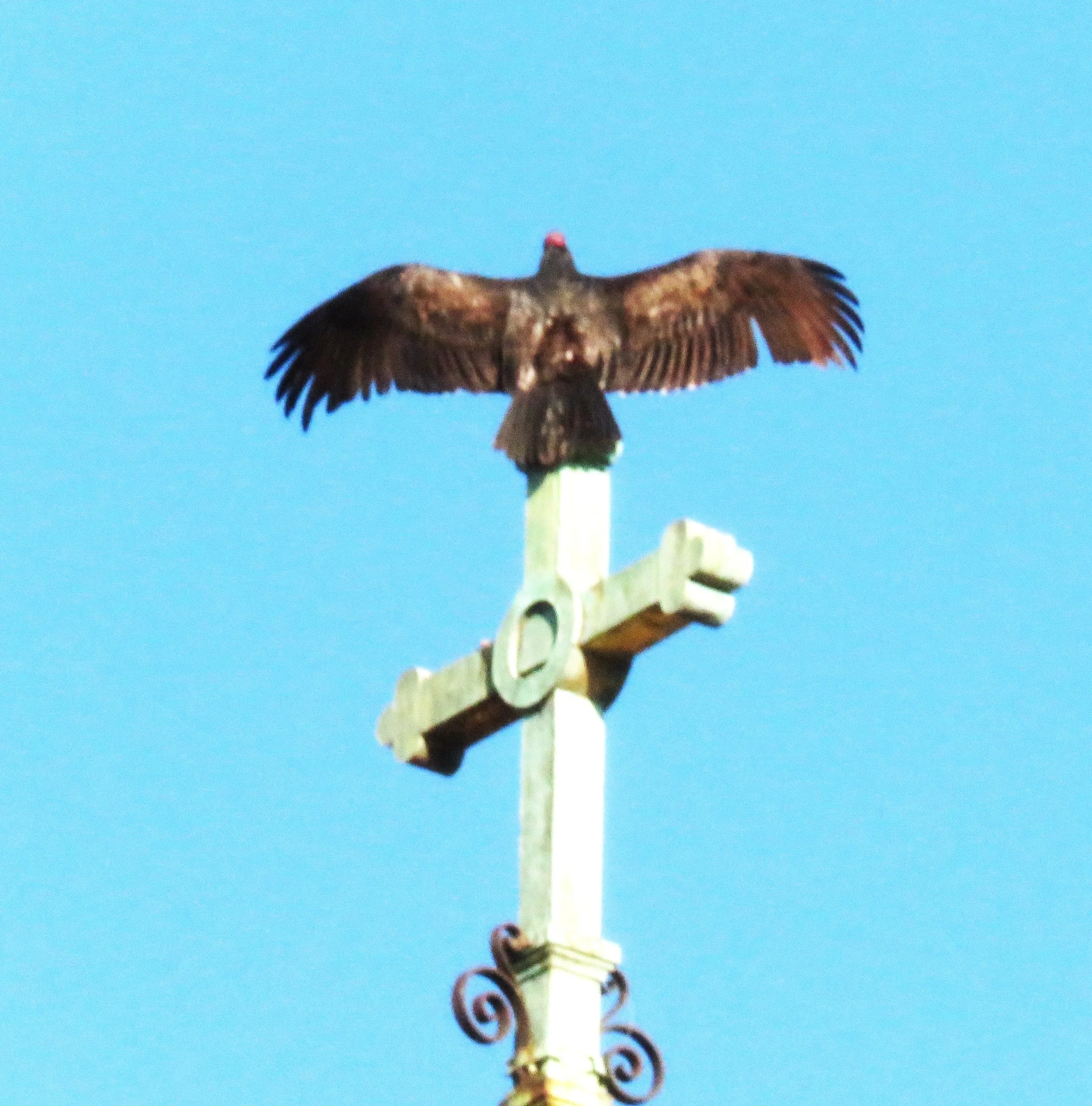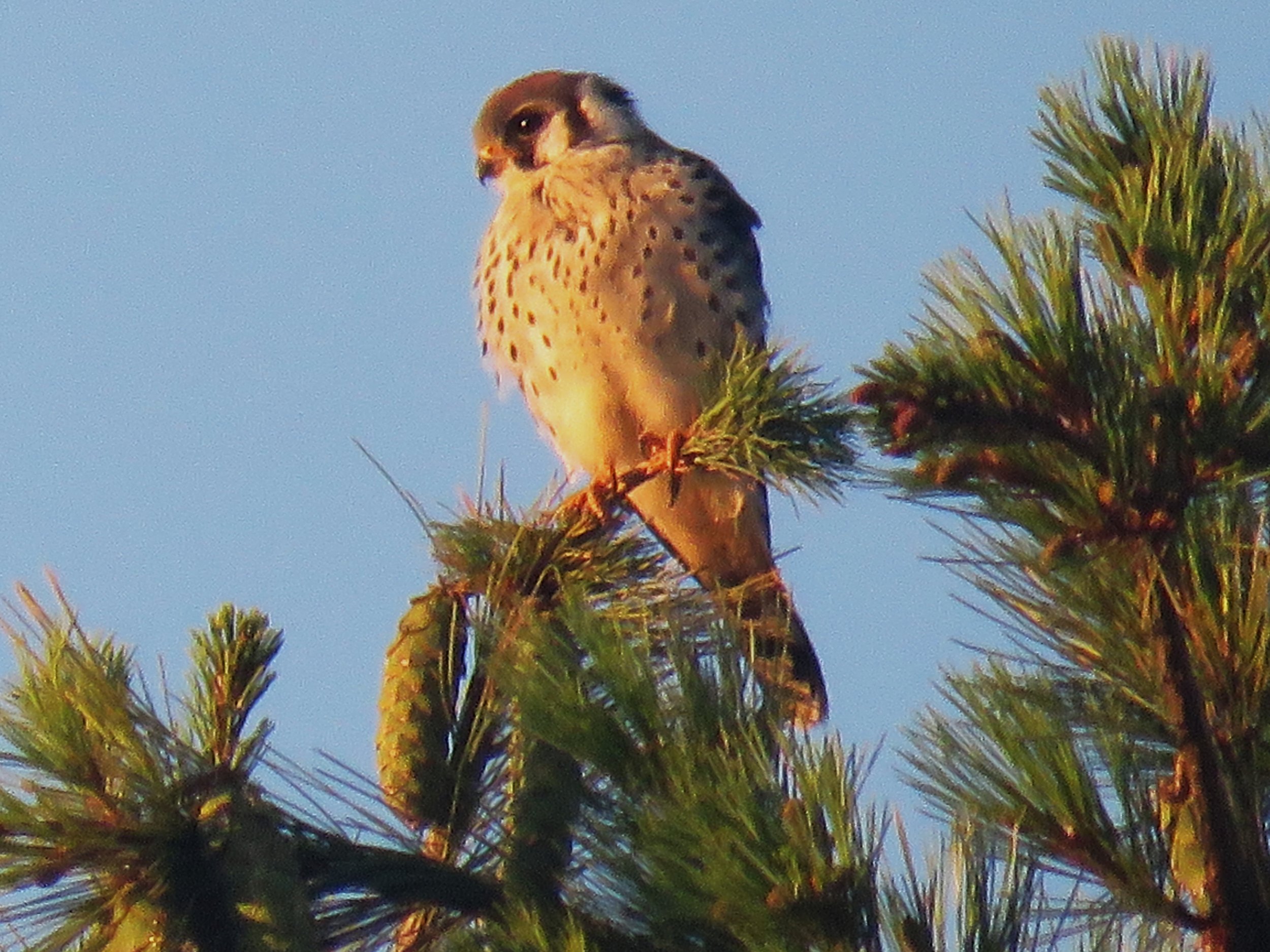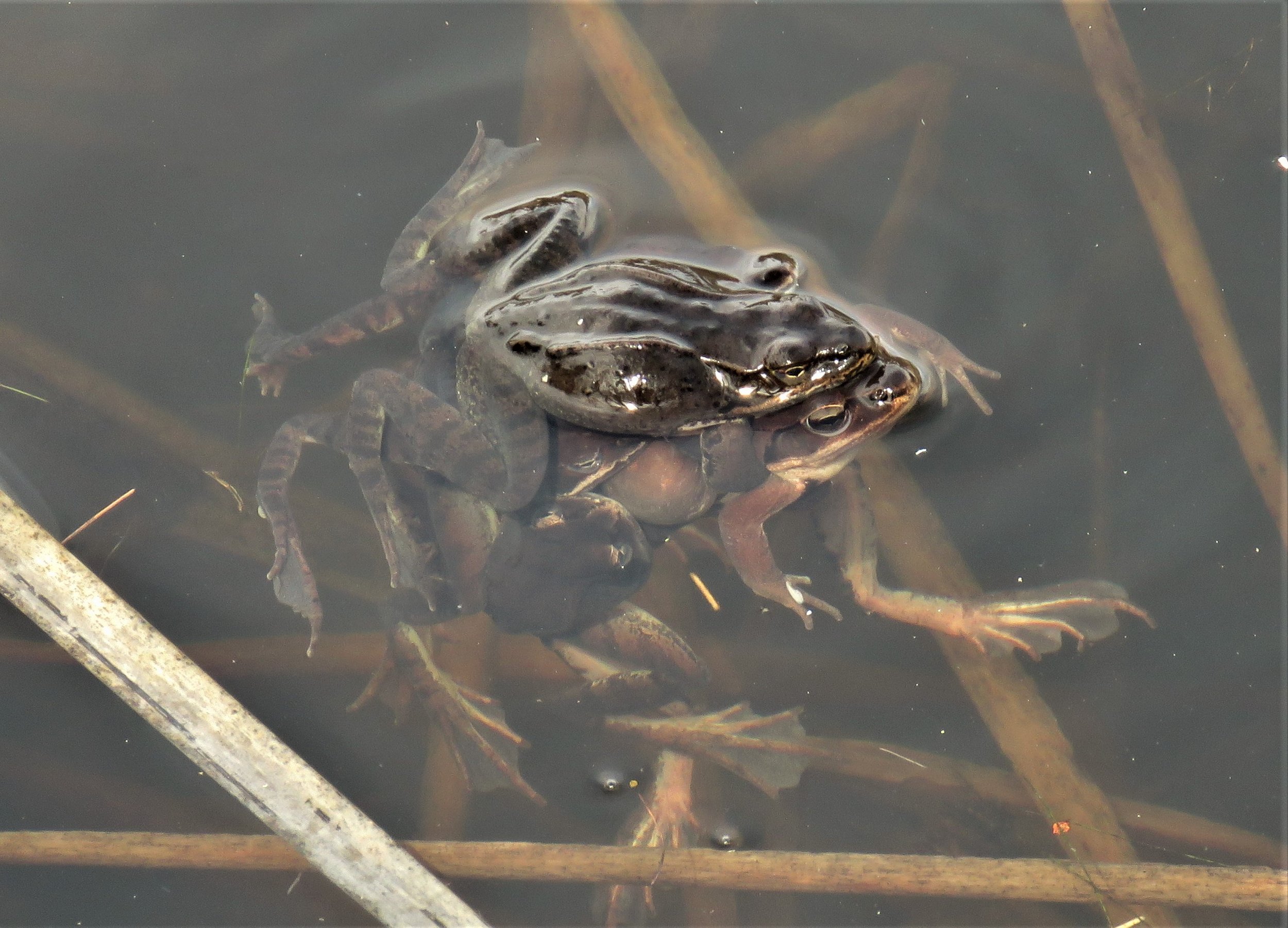Finches at Your Feeder
Phenology – “a branch of science concerned with the relationship between climate and periodic biological phenomena (as the migration of birds or the flowering and fruiting of plants).”
The Finch Families
Even small children know about goldfinches, and anyone with a bird feeder in the north country knows about purple finches and house finches. But did you know that the much larger evening grosbeaks are also finches? Or that, in addition to the small birds willing to be so named, the finch family also includes the similarly sized pine siskins and redpolls?
I have previously written about grosbeaks, so now I’ll focus on the smaller ones, which are the ones we are most apt to see at our feeders. Goldfinches, pine siskins and redpolls are member of the genus Carduelis, while the purple and house finches are members of the genus Carpodacus. All of these, along with the grosbeaks, are part of the Fringillidae family that most of us refer to simply as the “finch family”, being careful not to drift into a discussion of the Atticus branch of the altogether different Finch family featured in To Kill a Mockingbird.
1 Photos and text by Carl D. Martland, founding member of ACT, long-time resident of Sugar Hill, and author of Sugar Hill Days: What’s Happening in the Fields, Wetlands, and Forests of a Small New Hampshire Town on the Western Edge of the White Mountain. Quotations from his book and his journals indicate the dates of and the situations depicted in the photos.
Feeder Favorites
Watching birds at the feeder is one of the things that define North County winters for me. I start every cold day by pulling on my fleece-lined jeans, and I start every evening sipping a hot drink by the wood stove. I enjoy the clear views of the mountains, the swirling snows blowing over frozen field, and moon shadows cast over the snow-covered landscape. But, what is most relevant to this series of ramblings about phenological phenomena, is that I enjoy watching the activity at the bird feeder while eating my breakfast or getting a second cup of coffee:
January 29, 2015, minus 6 degrees at 715am, brilliant sunshine! Today was the first day this year that I’ve seen gold finches at the feeder – four males in their winter plumage. Also the usual half dozen chickadees, a lone and perhaps lonely redpoll, and a blue jay. After preparing my breakfast of blueberries and home-made granola, I sat by the window for twenty minutes looking at the feeder, enjoying eating my “bird food” while the birds ate theirs.
As I look through my journals, I see that the finches generally don’t come to the feeder until mid- to late-January. Goldfinches are usually the first, then the purple finches and still later for siskins and redpolls:
January 15, 2018, 12 degrees, 3pm. All of the local birds came to the feeder for breakfast: five gold finches, a half dozen juncos, a brilliant purple finch, a couple of chickadees, a blue jay and a white-breasted nuthatch. Still no pine siskins this year.
Some days are notable for the arrival of a flock that includes dozens of small birds that take turns at the feeder, bounce back and forth between the feeder and the nearby trees, and scavenge for the seeds that I’ve thrown out on the snow. Is there any reason for this? I don’t know, but the following entry seems relevant, since right now I’m sitting by the wood stove, trying to stay warm on this day when the temperature started out at 23 below:
February 15, 2016, minus 14 at 9am. The best group of finches we have yet seen gathered today at the feeder. A dozen goldfinches, a dozen purple finches, plus a couple of chickadees and a white-breasted nuthatch. I got a photo showing 26 birds on and around the feeder. Yesterday was the coldest day of the winter (minus 21 in the morning; high of minus 4), so I wondered if the large assemblage of small birds was related to the cold.
I think I’ll make sure the feeder is full tomorrow morning!
February 15, 2016, minus 14 at 9am. The best group of finches we have yet seen gathered today at the feeder. A dozen goldfinches, a dozen purple finches, plus a couple of chickadees and a white-breasted nuthatch.
Which Finch is That?
Male goldfinches and redpolls are easy to identify. Goldfinches have their ostentatious yellow and black coloring and redpolls have their distinctive yellow bill and red cap.
Male Goldfinch, February 5, 2022
Male Redpoll, January 27, 2015
Female goldfinches are also readily identified since they, like Victorian ladies, generally appear for dinner with their well-dressed male escort.
The other finches can be difficult to distinguish. I have always had the most trouble with purple finches and house finches, which seem very similar to the naked eye, and I have even confused them with red polls:
April 28, 2015. I wondered if this "purple finch" was a red poll because of what appeared to be a red cap – but after looking more closely at the photo and checking the guidebook, I realized it was a house finch!
February 8, 2022. The male house finch certainly appears to sport the same brilliant colors of the purple finch, but a good photo will show that he has larger brown areas on his head and brown stripes rather than continued rosy colors on his undersides.
February 5, 2022. The male purple finch is clearly more colorful than his house finch cousin, especially when you have a good look at its rosy breast.
Although the males of these two species may easily be mistaken for each other, at least you know they are most likely to be either a purple finch or a house finch. The females are harder to identify. Not only are similar to each other, they are similar to sparrows and other small brown birds that my friend Tony refers to as “Little Brown Jobs.”
Pine Siskins, February 26, 2022. The yellow tinged wings are the best identification for the male, but the colors are not always easy to see. The female is pretty inconspicuous, with only her white wing bars to offset her otherwise drab appearance.
Female Purple Finch, March 18, 2022. Her bold, white head stripes and short, well-defined dark streaks distinguish her from her drabber house finch cousin who lacks the head streaks and whose breast has blurred, gray streaks.
The purple finch is the state bird of New Hampshire, and I would have no quarrel with that selection even if I only knew about its remarkable coloration. However, as I learned more than twenty years ago, this bird can really sing:
April 7-8, 2001. The snow was almost to my knees in the backyard when I filled the feeders. I went snowshoeing in the Lower 40, which was very tough in spots where the corn snow gave no support and I’d sink in 12-14 inches – too tiring to be pleasant. A few birds were around, including a purple finch whose song was so splendid and so varied that I mistook it for an entire flock of songbirds.
(Please forgive this reminder that we could well be tromping through two feet of snow for another two months.)
Finch Behavior
Birds, like the rest of us in the North Country, can be classified into various categories for planning purposes. Turkeys, like some of our more reclusive neighbors, wander around through their own haunts, too proud to be seen scavenging food at what they perhaps view as a tourist traps. Chickadees, titmice and blue jays seem to drop in for the season, perhaps securing their winter residence through the avian equivalent of AirBnB. I see these birds nearly every day, flying between the feeder and the nearby “Big Willow”, tall spruce, or alder clumps. Woodpeckers and nuthatches also seem to stay for the season, but they are more likely to be seen in the trees than at the feeder. A few birds, notably cardinals, drop in for a few days, never staying very long by the feeder, and often alone, like someone who came north only to cross off another 4000-footer before heading back to Boston. And then there’s the avian equivalent of leaf-peepers on tour buses, the flocks of hungry birds that drop in from time to time, flitting here and there, eating up everything in sight, and then, summoned by their tour guide, suddenly rising up and disappearing. Who knows where they go next? Who knows when the next busload will show up? Bohemian Waxwings are the most extreme example of the tour bus bird: they travel through the North Country in the dead of winter in flocks of a dozen or more – but I have only ever seen a couple of such flocks in Sugar Hill.
Goldfinches frequently are winter residents, often seen in pairs at the feeder, and some may stay year-round. Purple finches are more apt to travel in small flocks of less than a dozen birds, and they are likely to hang around only for a couple of weeks in late winter. According to the guidebooks, house finches, which also travel in small flocks, are supposed to be more common than their purple cousins. However, in my experience, purple finches drop by for a week or two most winters, whereas house finches are rarely seen.
Redpolls are clearly among the tour bus birds, as they are seldom seen alone, they don’t show up every year, and sometimes they travel in huge flocks:
March 22, 2011: yesterday a flock of sixty redpolls was in the back yard by the feeder and the “Big Willow”. Today, the flock was more than twice that big.
March 21, 2022: a flock of fifty redpolls was active in the back yard today.
Pine siskins, like redpolls, don’t show up every year, and when they do, it’s generally just a pair or two that are travelling along with a larger group of the other small finches. If you don’t look closely, you may not even know that they are there.
March 7, 2022. A pair of pine siskins has joined a flock of gold finches seeking bird seed amid the leaf litter below the feeder. The female siskin is in the upper left of the photo; note her nondescript brown head and her clear white wingbars. The male tried to escape this photo op, but his blurred image can’t hide the yellow coloring in its wings. On the right, a couple of female or juvenile goldfinches have found some seeds.
According to my records, the best time to see flocks of finches is between mid-February and mid-March, so fill the feeders full of fine finch food and keep an eye on the feeder!
February 5, 2022. Finches by the feeder – a common sight every winter!
Postscript: I finished this essay yesterday, sitting for hours in the warmth of the wood stove on the day that began at 23 below and ended with a high of minus three degrees. I followed my own advice by filling the feeders and keeping close watch at the kitchen window. Sure enough, just as described above in my journal entry following a bitterly cold day in February 2016, today was the best bird day of the year. This year’s first redpoll, the first goldfinch, and the first two male cardinals joined six chickadees, four titmice, a female cardinal, a couple of white-breasted nuthatches, and a downy woodpecker at the feeder.

























































































































































































